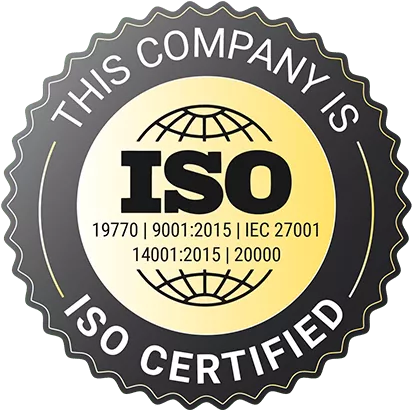VMware ThinApp: Virtualize and simplify applications
VMware ThinApp is a powerful application virtualization solution that helps companies manage and deploy applications more efficiently. In this category text, we will highlight the key features and benefits of VMware ThinApp.

What is VMware ThinApp?
VMware ThinApp is a software solution that enables organizations to isolate applications from physical computers and package them into virtual containers. These containers can then be run on different operating systems and devices without installations or conflicts.
The advantages of VMware ThinApp
- Decouple applications: VMware ThinApp allows you to decouple applications from the underlying hardware and operating system. This means you can run applications in isolated containers without compromising the stability of the host operating system.
- Conflict-free deployment: VMware ThinApp makes it easy to deploy applications on different systems without causing conflicts between applications. This significantly reduces support and maintenance efforts.
- Cost savings: By virtualizing applications, companies can reduce hardware costs and increase the efficiency of application deployment. This leads to significant cost savings.
Flexibility and compatibility
VMware ThinApp offers high flexibility and compatibility:
- Support for different operating systems: ThinApp applications can run on different operating systems such as Windows, macOS and Linux.
- Customization: Companies can customize ThinApp applications according to their individual requirements and define specific settings.
- Centralized management: VMware provides tools to centrally manage and deploy ThinApp applications across enterprise networks.
VMware ThinApp in action
Organizations can deploy VMware ThinApp in a variety of scenarios:
- Legacy applications: With ThinApp, older applications can continue to be used on current operating systems without causing conflicts.
- Mobility: ThinApp enables the deployment of applications on mobile devices and supports BYOD initiatives.
- Rapid deployment: Companies can quickly deploy applications without having to perform complex installations on the target devices.

Overall, VMware ThinApp enables organizations to manage and deploy applications more efficiently. By virtualizing applications, businesses can reduce costs, increase flexibility and minimize conflicts between applications. It is a valuable solution for those looking for efficient application delivery.








































